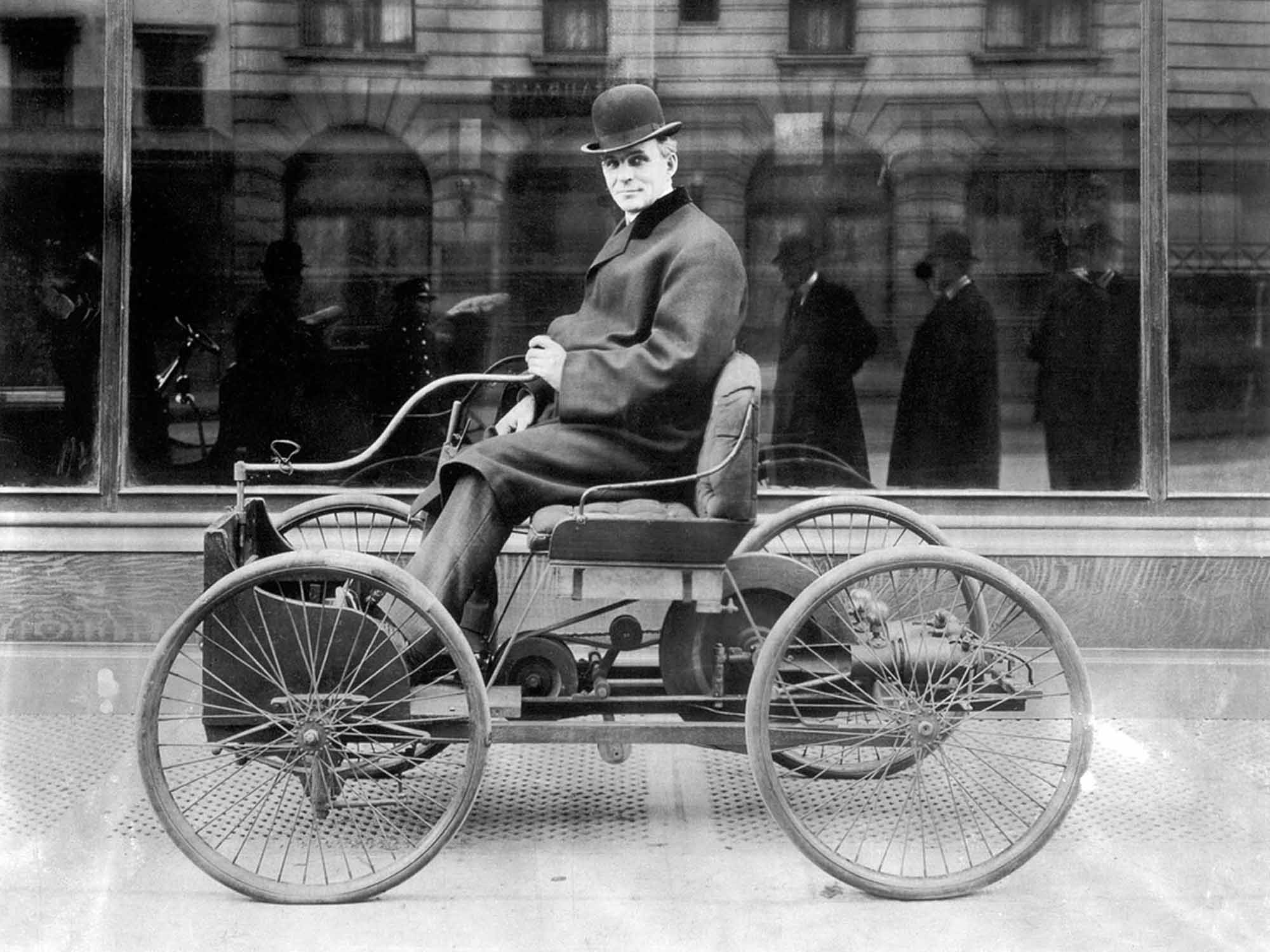What is the Henry Ford Leadership Style?
.jpg)
The founder of the Ford Motor Company, Henry Ford is noted in history for his then unique style of leadership, ultimately contributing to the success of his company
Henry Ford was an American industrialist and the founder of the Ford Motor Company, one of the most successful automobile manufacturers of the early 20th century. He is widely recognised for his groundbreaking work in developing the assembly line, which revolutionised manufacturing processes and made affordable cars accessible to the masses. However, Ford's leadership style faced significant criticism for its autocratic and authoritarian nature. In this article, we’ll delve into Henry Ford's leadership style, its impact on his company, and the criticisms that arose as a result.
Henry Ford leadership is similar to other teamwork theories such as John Adair’s theory on leadership and Belbin team roles.
Who Was Henry Ford?
Born in 1863, Henry Ford developed an interest in engines and manufacturing from an early age. He started his career at the Edison Company in Detroit, owned by the renowned Thomas Edison. By 1893, he had risen to the position of Chief Engineer at the plant. This role provided him with the resources, both time and money, to pursue his passion for gasoline engines during his spare time. In 1896, he completed his first motor vehicle, the Ford Quadricycle. That same year, he caught the attention of Thomas Edison, who encouraged Ford to continue his experiments. Edison approved of the Quadricycle and motivated him to build a second model, which Ford completed in 1898.

Henry Ford's Quadricycle - 1896
Henry Ford’s Leadership Style
Henry Ford not only revolutionised manufacturing with his approach to mass production but also made a lasting impact on how he treated his employees. Having faced struggles in his own life, he fostered a culture of empathy within his workforce. For instance, he raised wages at Ford to $5 an hour, while many competitors were paying barely $2. He also made an effort to employ women and people with disabilities, a progressive move at a time when such policies were rare. Ford ensured that employee benefits extended to everyone in his company, which employed individuals from over 60 different nationalities.
However, Ford's leadership style was often described as “dictatorial.” While he demonstrated appreciation and respect for his workers, he was known for closely monitoring their lives both inside and outside the workplace. Despite facing criticism from labour unions and opposition due to his political views, Ford showed a remarkable ability to learn from his mistakes. His willingness to admit failure and pivot towards new solutions is a key reason why Ford remains one of the most recognised and successful car manufacturers in the world.
Criticisms of Henry Ford's Leadership Style
Henry Ford's leadership style faced significant criticism for its autocratic and authoritarian nature. Known for being strong-willed and controlling, he expected his employees to follow his instructions without question. This approach often stifled creativity and innovation within the company, as workers were discouraged from challenging the status quo or proposing new ideas. Additionally, Ford's relentless focus on efficiency and productivity sometimes compromised employee welfare, with reports of poor working conditions, long hours, and inadequate wages. Critics contended that his leadership style was outdated, lacking an understanding of the importance of empowering employees and fostering a collaborative work environment.
To enhance team dynamics and foster collaboration, check out our exciting team away day ideas that can bring your group closer together
Plan your Team Day
We organise 100's of team building events each year